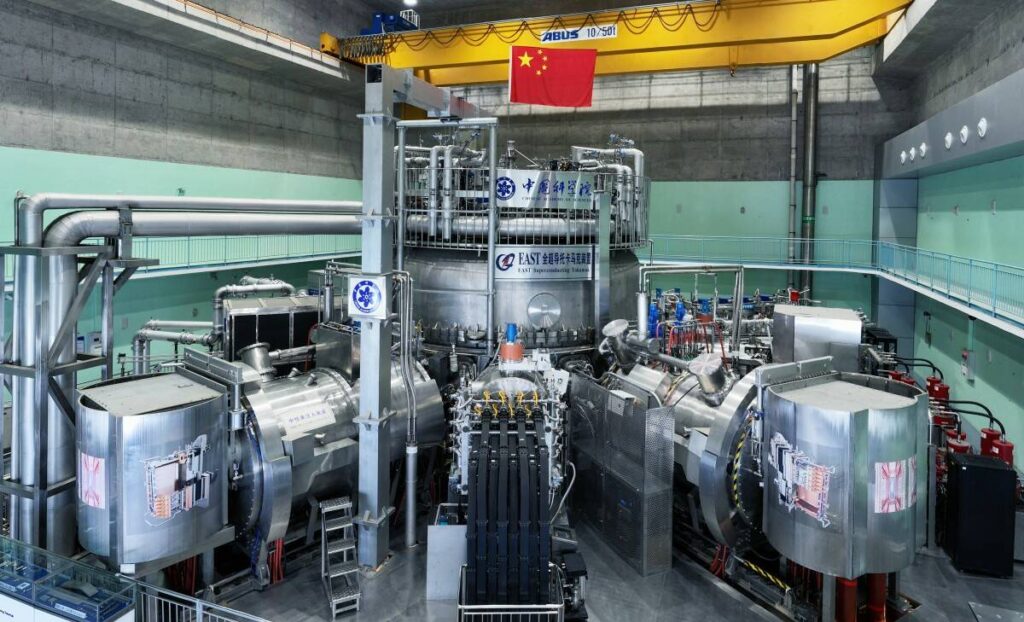Strategize, modernize, and lead: Transform your business with application portfolio modernization

Technology tamfitronics
Technology tamfitronics In an era where technology evolves at breakneck speed, a business’s capacity to compete and survive in the digital economy relies on its IT competencies. Here’s a CIO guide to making application portfolio modernization and rationalization (APMR) a key differentiator.
In 2019, it took an act of Congress to formally initiate the expansive modernization of the U.S. Internal Revenue Service (IRS), marking an ambitious leap toward reimagining taxpayer services and operations. The strategy unfolded through careful planning, leveraging technology to enhance the taxpayer experience and ensuring robust cybersecurity measures. The IRS exemplified resilience and adaptability by outlining a phased approach and pivoting rapidly to address new challenges — evident during the COVID-19 pandemic. The successful execution resulted in a more efficient, transparent, and responsive organization capable of swiftly managing over $1 trillion in tax refunds and economic relief. This case demonstrates that modernization is possible and crucial for staying relevant and responsive in a dynamic environment. Businesses across sectors should be inspired by the IRS’ journey; strategic modernization can advance any organization.
The imperative for APMR
According to IDC’s Future Enterprise Resiliency and Spending Survey, Wave 1 (January 2024), 23% of organizations are shifting budgets toward GenAI projects, potentially overlooking the crucial role of application portfolio modernization and rationalization (APMR). APMR is key to maintaining agility in today’s fast-changing digital landscape. Many organizations face challenges with outdated applications that are expensive to maintain, lack flexibility, pose security threats, and hinder the adoption of modern technologies. Furthermore, the growing importance of AI necessitates the modernization of AI models and data pipelines to prevent issues like model drift and bias. Effective APMR goes beyond mere updates; it’s a strategic cycle of appraisal, rationalization, and enhancement. A staged approach enables risk mitigation and resource optimization and ensures modernization efforts bolster operational efficiency and competitive advantage.
Now, let’s delve into the concrete steps and strategies.
Running APMR as a continuous process
The figure below provides an overview of the cycle.

IDC, 2024
Implement these phases:
- Inventory: Maintain an up-to-date application inventory and set objectives.
- Assess: Regularly analyze applications’ health across business, financial, operational, and technical dimensions.
- Rationalize: Identify retirement, consolidation, or modernization applications based on predefined criteria.
- Plan: Develop a detailed road map considering dependencies, resources, and risk mitigation strategies.
- Modernize: Execute the modernization plan, leveraging modern technologies and methodologies.
- Operate and optimize: Continuously monitor and optimize the modernized portfolio, ensuring alignment with evolving business needs.
Successful app modernization does not end with the deployment of updated applications. Instead, it marks the beginning of an ongoing cycle of feedback, iteration, and continuous improvement. As in the example of the IRS modernization, critical best practices will enable smooth and successful APMR implementation.
Define clear objectives and secure executive buy-in
- Articulate challenges and benefits: Communicate the challenges posed by legacy applications and the potential benefits of APMR.
- Quantify ROI: Provide a detailed return on investment (ROI) analysis to gain leadership support.
- Involve key stakeholders: Engage stakeholders from business, finance, operations, and IT teams to ensure alignment and support.
Build a robust governance framework
- Establish roles and responsibilities: Define clear roles and responsibilities for stakeholders across the organization.
- Implement AI governance: Establish processes to monitor AI models and data drifts, ensuring accuracy and compliance. Set relevant key performance indicators (KPIs).
Embrace a capability-based approach
- Focus on core business capabilities rather than individual applications.
- Standardize processes for evaluating, updating, and maintaining applications.
- Ensure data is managed as a valuable asset throughout modernization.
This approach allows for a more holistic view of the application portfolio and its alignment with business objectives.
Invest in a comprehensive application inventory
- Leverage platforms to capture detailed information on each application, including business value, technical health, and operational costs.
- Focus on automation to enhance speed, quality, and real-time information. Employ AI and ML to assist in processes.
Develop a strategic assessment methodology
- Establish criteria for application evaluation based on business needs, technical feasibility, and a vision of the future state.
- Evaluate AI models for accuracy, bias, security, compliance, and robustness.
- Prioritize applications for modernization, consolidation, or retirement based on the assessment results.
Embrace cloud-native technologies and agile methodologies
- Leverage cloud computing: Utilize the scalability, security, and cost benefits of cloud computing for modernized applications.
- Adopt modern technologies: Streamline modernization efforts with modern technologies to improve scalability, agility, and cost efficiency.
- Implement agile and DevSecOps methodologies for faster development cycles and continuous improvement.
Empower the workforce through training and upskilling
- Provide the necessary skills and knowledge to develop and sustain a modern application suite.
- Promote continuous learning and innovation within the team.
- Encourage everyone to keep pace with evolving technologies and help them remain relevant and marketable.
Communicate effectively with stakeholders
- Keep stakeholders informed on the progress and potential challenges of the APMR process. Segment stakeholders to tailor communication effectively. Establish regular updates via multiple communication channels. Invite feedback.
- Emphasize the long-term benefits of a modernized application portfolio.
- Leverage tools to facilitate collaboration and document sharing.
Conclusion
The successful implementation of APMR represents a fundamental shift in how we approach business operations, value customers, and empower employees. It requires unwavering commitment, strategic foresight, and robust collaboration across all levels of our organization. As evidenced by the proposed strategies and illustrative examples, the benefits extend beyond cost savings or operational efficiencies. They encapsulate the transformation of the application portfolio into a dynamic asset that accelerates response to market changes, enhances service offerings, and solidifies competitive edge.
CIOs must act, as no other executive can lead this strategic initiative and successfully navigate the APMR journey with the power of a capability-based approach.
Remember, application rationalization isn’t about discarding the past; it’s about streamlining the present to build a foundation for a future-proof, efficient application ecosystem. By following these strategies and maintaining a continuous APMR process, CIOs can position their organizations for success in the digital economy.
Learn more about IDC’s research for technology leaders.
International Data Corporation (IDC) is the premier global provider of market intelligence, advisory services, and events for the technology markets. IDC is a wholly owned subsidiary of International Data Group (IDG Inc.), the world’s leading tech media, data, and marketing services company. Recently voted Analyst Firm of the Year for the third consecutive time, IDC’s Technology Leader Solutions provide you with expert guidance backed by our industry-leading research and advisory services, robust leadership and development programs, and best-in-class benchmarking and sourcing intelligence data from the industry’s most experienced advisors. Contact us today to learn more.
Dr. Serge Findling is a senior IT and business executive and a CIO, CEO, and C-suite advisor. As an adjunct research advisor and former vice president of research with IDC’s IT Executive Programs (IEP) and the CIO and Technology Professionals Agenda program, Serge focuses on digital transformation leadership for business and technology executives. He also helps organizations thrive with AI, data excellence, and strategic architecture in today’s digital landscape. He is a frequent speaker, presenter, and moderator at industry conferences and provides analysis for multiple media outlets.
Discover more from Tamfis Nigeria Lmited
Subscribe to get the latest posts sent to your email.



 Hot Deals
Hot Deals Shopfinish
Shopfinish Shop
Shop Appliances
Appliances Babies & Kids
Babies & Kids Best Selling
Best Selling Books
Books Consumer Electronics
Consumer Electronics Furniture
Furniture Home & Kitchen
Home & Kitchen Jewelry
Jewelry Luxury & Beauty
Luxury & Beauty Shoes
Shoes Training & Certifications
Training & Certifications Wears & Clothings
Wears & Clothings
















